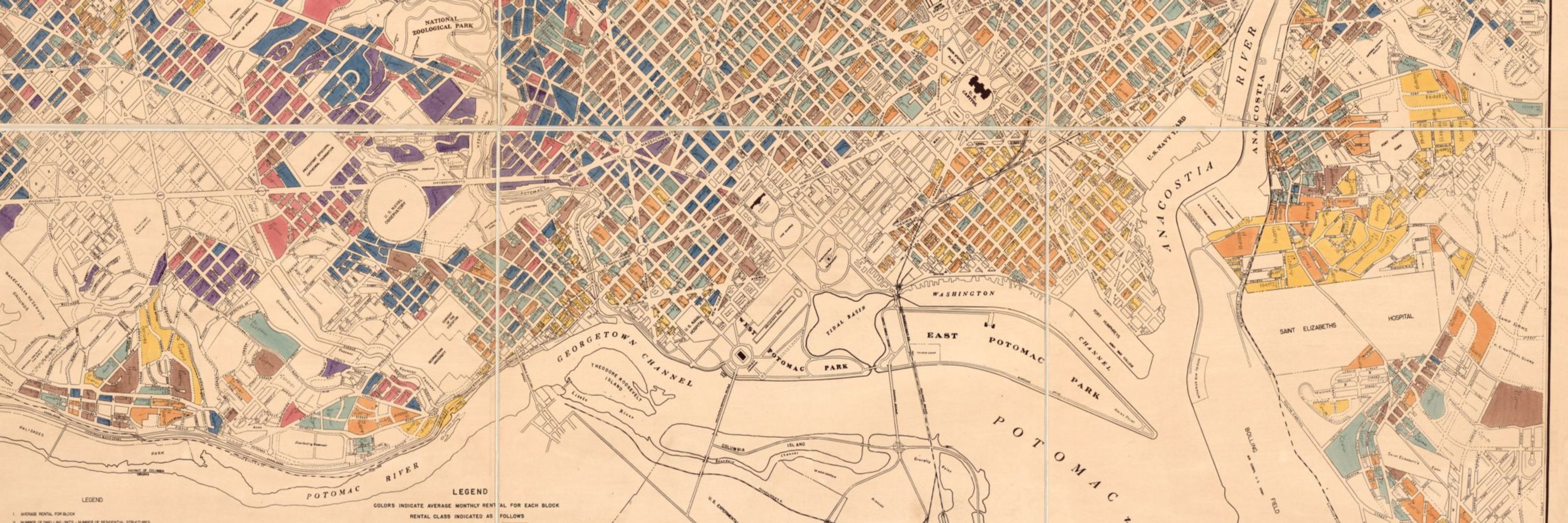
Try the interactive map:
www.jchs.harvard.edu/blog/post-pa...

Try the interactive map:
www.jchs.harvard.edu/blog/post-pa...
www.jchs.harvard.edu/blog/lower-i...
#FigureFriday #housing #affordability

www.jchs.harvard.edu/blog/lower-i...
#FigureFriday #housing #affordability


www.pew.org/en/research-...

www.pew.org/en/research-...
www.jchs.harvard.edu/blog/decade-...

www.bostonglobe.com/2025/07/30/b...

www.bostonglobe.com/2025/07/30/b...






Happy #MapMonday! Is the draw of the Pacific Northwest over? There was a notable downturn during the pandemic in net inflows in Washington and Oregon, which were previously migration magnets, especially for young adults. These two maps show the slowdown in 26-34yo net inflows b/t 2019 and 2021.


Happy #MapMonday! Is the draw of the Pacific Northwest over? There was a notable downturn during the pandemic in net inflows in Washington and Oregon, which were previously migration magnets, especially for young adults. These two maps show the slowdown in 26-34yo net inflows b/t 2019 and 2021.
streetsensemedia.org/article/what...

streetsensemedia.org/article/what...









www.marketplace.org/2024/12/18/e...

www.marketplace.org/2024/12/18/e...



